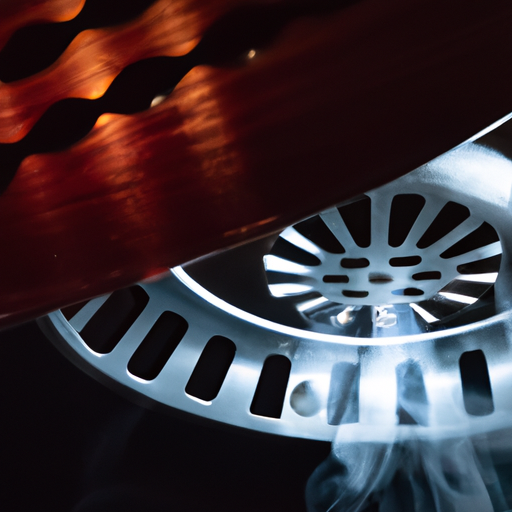What Does a Damper on a Wood Stove Do? Exploring Its Function and Benefits
Wood stoves have long been a popular choice for heating homes, providing warmth and a cozy ambiance during the colder months. If you own a wood stove or are considering getting one, you may have come across the term “damper.” But what exactly does a damper on a wood stove do? In this article, we will explore its function and the benefits it offers.
Understanding the Function of a Damper
A damper is a device located in the flue or chimney of a wood stove. It is designed to control the airflow, allowing you to regulate the intensity of the fire and the amount of heat generated. By adjusting the damper, you can increase or decrease the amount of oxygen supplied to the fire, thereby controlling the burn rate and heat output.
When the damper is fully open, it allows maximum airflow, resulting in a hotter fire. This is ideal for quickly heating up a room or when you need a high level of warmth. On the other hand, partially closing the damper restricts the airflow, slowing down the burn rate and reducing the heat output. This is useful for maintaining a consistent temperature or when you want a longer, slower burn.
The Benefits of Using a Damper
1. Energy Efficiency: By controlling the airflow, a damper helps optimize the burning process, ensuring that the wood is burned efficiently. This means you can extract more heat from each piece of wood, resulting in improved energy efficiency and reduced fuel consumption.
2. Temperature Control: One of the key benefits of a damper is its ability to control the temperature in your home. Whether you want to quickly warm up a chilly room or maintain a comfortable temperature throughout the day, adjusting the damper allows you to achieve the desired level of heat.
3. Safety: A properly functioning damper helps prevent the buildup of dangerous gases, such as carbon monoxide, by ensuring that the combustion process is efficient. It also helps prevent smoke from entering your living space, keeping the air clean and safe to breathe.
4. Extended Burn Time: By adjusting the damper to restrict the airflow, you can achieve a longer burn time. This is particularly useful when you want to keep the fire going overnight or for an extended period without constantly adding more wood.
5. Reduced Creosote Buildup: Creosote is a highly flammable substance that can accumulate in the chimney and increase the risk of chimney fires. By controlling the burn rate with a damper, you can minimize the formation of creosote, reducing the need for frequent chimney cleaning and improving overall safety.
In conclusion, a damper on a wood stove plays a crucial role in controlling the airflow, regulating the burn rate, and managing the heat output. It offers several benefits, including improved energy efficiency, temperature control, safety, extended burn time, and reduced creosote buildup. By understanding how to use the damper effectively, you can maximize the performance of your wood stove and enjoy a warm and cozy home during the winter months.




